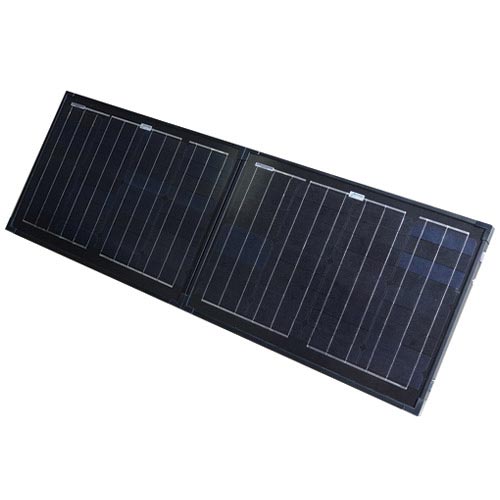The Power of the Sun: Harnessing Solar Energy Through Solar Panels
Solar energy stands as a beacon of sustainable power, illuminating a path toward a greener and more sustainable future. The cornerstone of this transformative technology is the solar panel, a device that converts the sun's rays into electricity. This article explores the functionality, benefits, challenges, and future prospects of solar panels, providing a comprehensive understanding of this vital energy source.Understanding Solar Panels
Solar panels, or photovoltaic (PV) cells, are devices that convert light from the sun, which is composed of particles of energy called photons, into electricity. This process is known as the photovoltaic effect. A single solar panel consists of many solar cells made from layers of silicon, boron, and phosphorus, which create a field of electrical charges that move in response to an internal electric field in the cell, thus creating electricity.The Composition of Solar Panels
The basic component of a solar panel is a solar cell. Each solar cell is a thin semiconductor wafer made from two layers of silicon. The upper layer is doped with phosphorus, providing a negative charge, while the bottom layer is treated with boron, resulting in a positive charge. When sunlight hits the solar cell, photons from the light knock electrons loose from the silicon. The electrical field surrounding the silicon junctions push these free electrons into a directed flow, creating an electric current.Types of Solar Panels
There are primarily three types of solar panels used for residential and commercial purposes:- Monocrystalline Solar Panels: These are made from a single continuous crystal structure and are known for their high efficiency and sleek black aesthetic.
- Polycrystalline Solar Panels: Made from fragments of silicon crystals that are melted together, these panels are slightly less efficient but often cheaper than monocrystalline options.
- Thin-Film Solar Panels: Constructed by placing one or more layers of photovoltaic material onto a substrate, these panels are the least efficient but the most versatile in terms of application.





















































